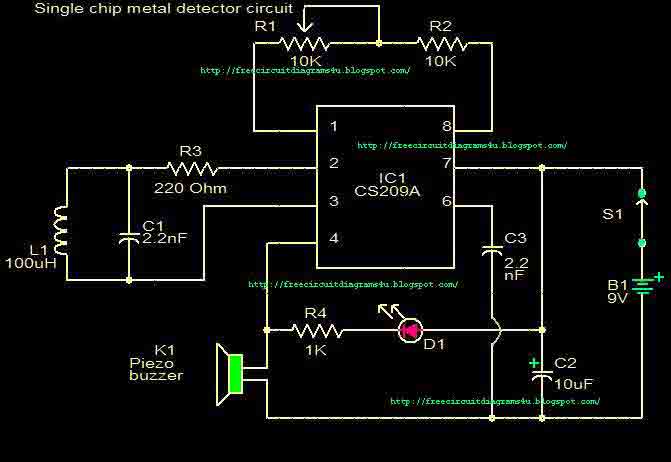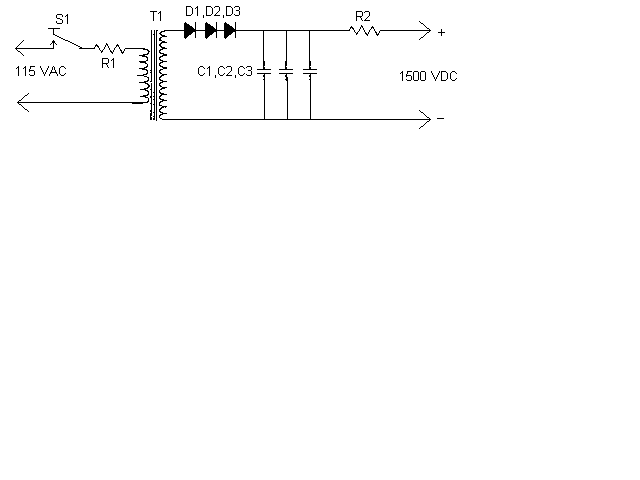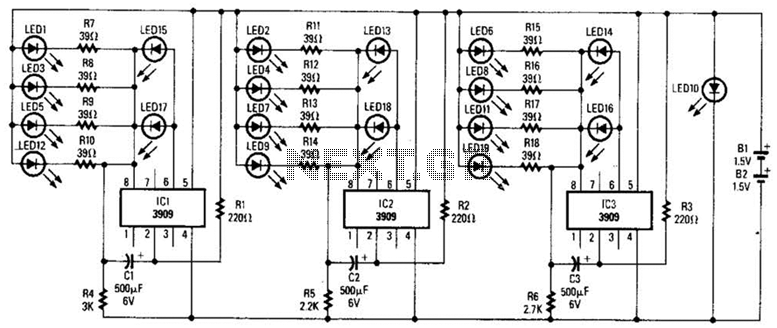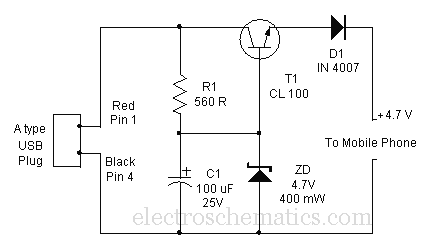
In-Car lights delay circuit

This circuit switch slowly on and off the internal lights in a car. The delaying time can be adjusted changing the values of the 10k, 4M7 resistors and capacitor. More: The BUZ74 can handle voltages of 500V, but you can use any power Mosfet transistor that can handle more than 50V.
The described circuit functions as a delayed switch for automotive interior lighting, utilizing a time delay mechanism to gradually turn the lights on and off. The fundamental components of this circuit include a power MOSFET, resistors, and a capacitor, which together determine the timing characteristics of the light activation.
The 10kΩ resistor and the 4.7MΩ resistor are part of an RC timing network, where the time constant (τ) is calculated as τ = R × C. In this configuration, the capacitor charges through the resistors, leading to a gradual increase in voltage across it. When the voltage reaches the threshold of the MOSFET gate, the MOSFET activates, allowing current to flow to the lights. The time taken for the capacitor to charge to this threshold voltage can be adjusted by changing the resistor values, which in turn alters the time delay for the lights to turn on or off.
The choice of the BUZ74 MOSFET is significant due to its high voltage rating of 500V, making it suitable for various automotive applications. However, the circuit design allows for the use of any power MOSFET capable of handling voltages greater than 50V, providing flexibility in component selection based on availability and specific application requirements.
In summary, this circuit effectively manages the interior lighting of a vehicle by employing an adjustable delay mechanism through an RC timing network, with a robust MOSFET acting as the switching element. The ability to modify resistor and capacitor values allows for customization of the delay duration, enhancing user experience by providing a smooth transition of light activation.This circuit switch slowly on and off the internal lights in a car. The delaying time can be adjusted changing the values of the 10k, 4M7 resistors and capacitor. The BUZ74 can handle voltages of 500V, but you can use any power Mosfet transistor that can handle more than 50V.
The described circuit functions as a delayed switch for automotive interior lighting, utilizing a time delay mechanism to gradually turn the lights on and off. The fundamental components of this circuit include a power MOSFET, resistors, and a capacitor, which together determine the timing characteristics of the light activation.
The 10kΩ resistor and the 4.7MΩ resistor are part of an RC timing network, where the time constant (τ) is calculated as τ = R × C. In this configuration, the capacitor charges through the resistors, leading to a gradual increase in voltage across it. When the voltage reaches the threshold of the MOSFET gate, the MOSFET activates, allowing current to flow to the lights. The time taken for the capacitor to charge to this threshold voltage can be adjusted by changing the resistor values, which in turn alters the time delay for the lights to turn on or off.
The choice of the BUZ74 MOSFET is significant due to its high voltage rating of 500V, making it suitable for various automotive applications. However, the circuit design allows for the use of any power MOSFET capable of handling voltages greater than 50V, providing flexibility in component selection based on availability and specific application requirements.
In summary, this circuit effectively manages the interior lighting of a vehicle by employing an adjustable delay mechanism through an RC timing network, with a robust MOSFET acting as the switching element. The ability to modify resistor and capacitor values allows for customization of the delay duration, enhancing user experience by providing a smooth transition of light activation.This circuit switch slowly on and off the internal lights in a car. The delaying time can be adjusted changing the values of the 10k, 4M7 resistors and capacitor. The BUZ74 can handle voltages of 500V, but you can use any power Mosfet transistor that can handle more than 50V.





